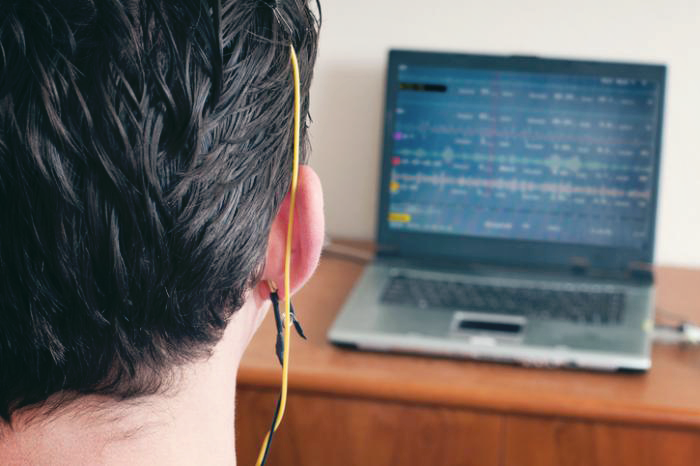
The importance of Neurofeedback
What is Neurofeedback?
Neurofeedback training, aka electroencephalography (EEG) neurofeedback, is a learning strategy that teaches people how to alter their brain waves. When information about one’s brain waves is made available to them, the person can change them in the manner of a brain exercise.
Everyone’s brain produces electricity that is measured in brain waves. Each wave’s frequency affects the body and its function differently, and all brains create a range of waves that control everything from mood to appetite and everything in between.
Different brain waves and their related effects are not good or bad, so to speak; all of them occur all of the time. A normal brain has a good balance of waves and the ability to transition between them.
However too much of one frequency, poor transition between them, and/or poor ability among them to adapt to external conditions, or all of the above, causes a range of dysfunction and disease.
So how does neurofeedback help?
Because the brain is amazingly adaptable and capable of learning, it can also improve it’s own performance when given the cues to do so. Neurofeedback cues the brain to regulate and adjust itself by providing it with information about the way it is functioning.
For example, when a mature, healthy brain is regulating itself well, the person is alert and attentive and the brain waves display a particular pattern. Neurofeedback challenges the person to maintain the ‘high performance’ state by providing visual and auditory rewards for good performance. Eventually, the brain learns these healthy patterns, and retains them like any new skill.
Neurofeedback is used to treat many conditions and disabilities wherein the brain is not functioning well. These include ADHD and more severe behavioral problems, specific learning disabilities and related issues like sleep problems, bed-wetting in children, teeth-grinding, chronic pain like headaches or stomach pain, premenstrual syndrome, substance abuse, mood disorders such as anxiety and depression, epilepsy, complications from traumatic brain injury, autism, Tourette’s syndrome, post-traumatic stress disorder, and cerebral palsy.
Passive Infrared (PIR)
A New Chapter in Neurofeedback. Passive Infrared (PIR) is the measurement of heat (temperature) of the frontal lobes. As the frontal lobe works harder, more oxygenated blood is brought to the frontal region and temperature increases which is what the (PIR) HEG thermogenic sensors detect.
This form of Neurofeedback is in no way intended to replace traditional EEG; however, it does have several advantages in day to day practice that our clients are sure to appreciate:
● Requires a fraction of the setup time (No impedance, No Gel and Paste)
● The signal is more stable
● The signal is less subject to artifact from electrical noise
● The signal is less subject to artifact from eye or facial movements
● The results are easier to interpret
● Most patients will achieve training results faster
Research is being done around the world with (PIR) on migraines, autism, ADHD, cognitive performance, and alleviating depression, stress, and chronic anxiety. The research is still in the early stages, but so far the results are quite promising.